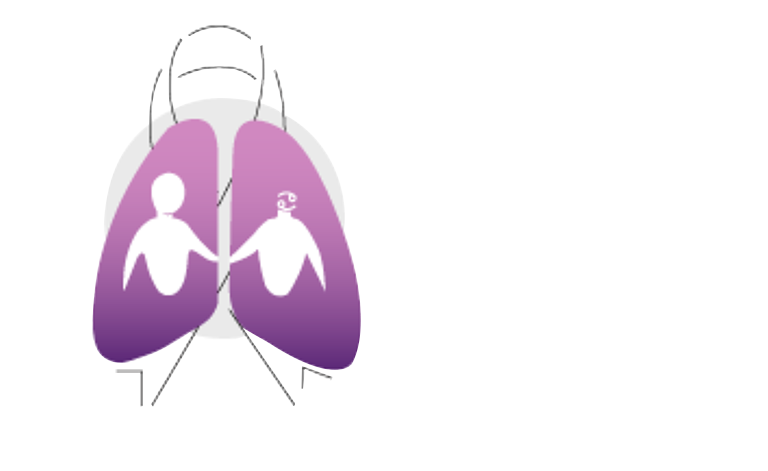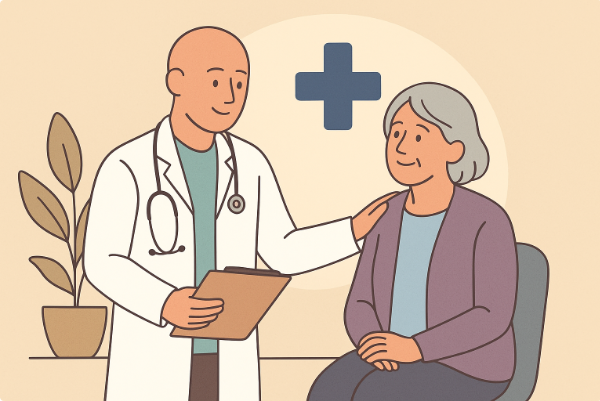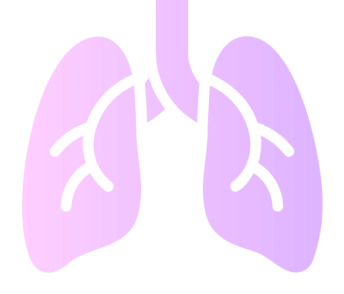Author- Ms Vandana Mahajan, Lead Counsellor, Lung Connect India Foundation
Not long ago, Ms. S reached out to me. Her father, 68, had just been diagnosed with Stage 4 lung cancer. She was distraught, overwhelmed, and full of questions. When we spoke, I shared many things with her—among them, the role of palliative care, and why it is so important to introduce it right at diagnosis, not only at the very end.
After a few conversations, I didn’t hear from her. I assumed things were under control. But a few days ago, I suddenly received a message. Her father was deteriorating rapidly.
When I gently asked if she had spoken to a palliative physician, her reply was No. The treating doctor hadn’t encouraged it, and her family was against it.
This is a story I see again and again. And at the recently concluded Global Lung Cancer Conference, colleagues from across the world admitted the same thing: families in every country struggle with this.
Why is that?
The Common Gaps
• Late integration – Palliative care often enters the picture only in the final days. Many still believe it means “giving up” or that death is around the corner.
• Access issues – Urban patients may have options, but rural families struggle. In many regions, services are scarce and opioids are hard to access.
• Undertreated symptoms – Pain, fatigue, depression, and anxiety often go unrecognized or unmanaged.
• Communication struggles – Honest conversations about prognosis and goals of care are delayed or avoided. Families push for more treatment instead of more comfort.
• Fragmented care – Patients run from one doctor to another, often without a unified plan.
• Cultural and social barriers – Talking about death feels taboo, and finances often limit supportive options.
• Policy and research gaps – Much of what we know about palliative care comes from high-income countries, leaving many parts of the world underserved.
How can this Change? Some suggestions:
•Education—for families, for patients, and even for doctors.
• Policy reforms—to improve access to medicines and home-based services.
• Early integration—so that care isn’t about choosing between treatment or comfort, but about balancing both.
I am hopeful that this can be done.
The good news is that after another round of counselling, Ms S and her family finally redefined their goals of care. A palliative team is now supporting her father—focusing on dignity, comfort, and quality of life.
And that, to me, is the real heart of cancer care.



